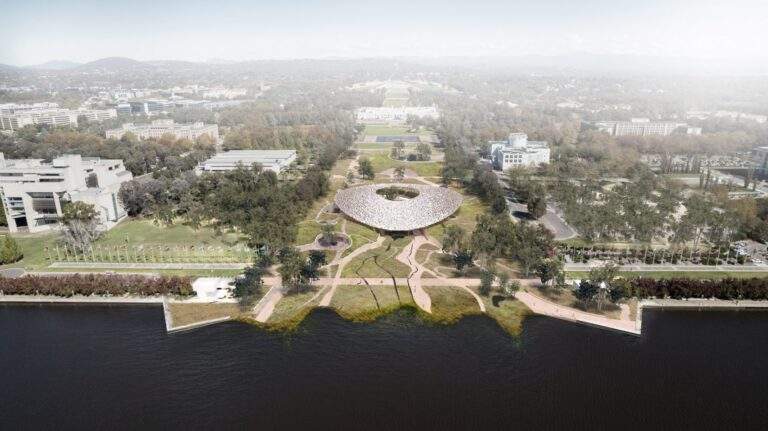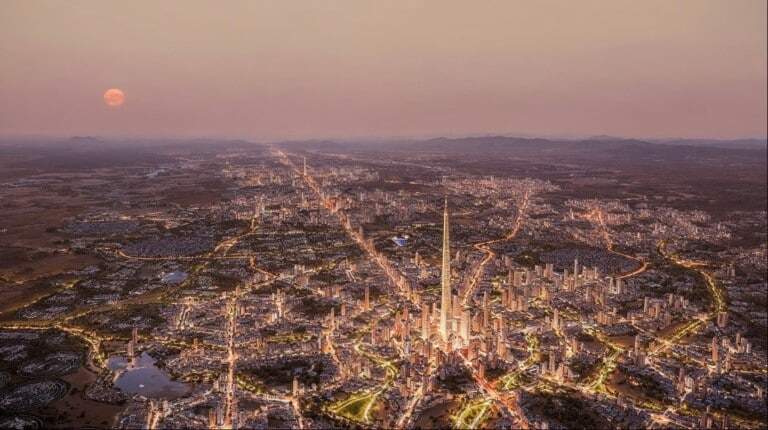The history of cities and the car is a tale of adaptation and transformation, where the evolution of the automobile has not only shaped the design of urban environments but also redefined the way people interact with their surroundings. As we envision a future that might outgrow personal vehicles, it’s critical to understand how cities have grown around the car, and what might change if these wheels cease to be the centerpiece of urban design.
The Early Car and Urban Shifts: A New Era of Expansion
When automobiles began their rapid rise in the early 20th century, cities were forced to evolve. Before the advent of the car, urban areas like New York or London were highly compact, prioritizing walkability and mass transit in their designs. The introduction of cars led to a gradual unravelling of these dense cores—wider streets, parking facilities, and expansive boulevards were suddenly necessary to accommodate vehicles. In the United States, cities like Detroit and Los Angeles became iconic examples of how cars could shape urban planning.
By the 1950s, the automobile culture peaked, and city planning responded with suburban sprawl. Housing developments spread across vast distances, marking a change from vertical to horizontal growth. The footprint of cities expanded significantly—for instance, the urban sprawl of Los Angeles during the mid-20th century grew the city’s total footprint by over 150% in less than three decades. The accessibility of automobiles also allowed people to live further from their workplaces, giving birth to the suburbs as we know them. Interstate Highway Systems in the United States became a symbol of this shift, further embedding the car as a crucial determinant in planning and connecting American life.
City Density and Automobile Impact
With cars, city density became directly tied to accessibility and convenience. Areas previously impossible to reach now became prime real estate, and as a result, space per person in urban areas was expanded to accommodate vehicles. In 1950, the average urban density in U.S. cities was around 10,000 people per square kilometer. Fast forward to the 2000s, and cities such as Houston expanded to densities as low as 3,500 people per square kilometer, largely driven by the increased reliance on vehicles and low-density zoning laws.
The car itself shaped how much space an individual occupied. Parking became a crucial element of any new building, pushing for larger lots and lower density, effectively turning entire city blocks into seas of asphalt. Parking requirements often dictated the architectural scale and urban flow, impacting everything from residential zoning to skyscraper developments.

The Evolution Toward Electric and Autonomous Vehicles
The automobile is, however, a constantly evolving entity. Electric vehicles (EVs), which started gaining popularity in the early 2010s, brought a fresh promise they could mitigate the pollution and noise issues long associated with internal combustion engines. With EVs, urban planners reimagined streetscapes that could reduce pollution while embracing energy sustainability. Cities like Oslo and San Francisco took to redesigning urban areas with extensive charging networks, bike lanes, and public spaces for walking, indicating a slow but perceptible shift away from roads dominated solely by fuel-based vehicles.
Moreover, the notion of shared mobility began reshaping cities. With the rise of ride-sharing apps like Uber and Lyft, it was anticipated that car ownership would decline. This reduction could lead to less demand for parking spaces and eventually free up land for green spaces and mixed-use developments. In 2019, a report indicated that 25% of city car usage involved shared vehicles rather than privately owned ones, sparking fresh discussions on city redesigns that could work on decreasing reliance on personal vehicle ownership.
The Future: Flying Vehicles, Drones, and Walkable Cities
As we look to the future, the potential of autonomous aerial vehicles and drones suggests cities could enter a new evolution one that doesn’t require vast expanses of asphalt roads. Imagine urban planning where personal vehicles are no longer needed at all. Vertical takeoff and landing (VTOL) vehicles, projected to enter mainstream use by 2035, could render current transportation networks obsolete, reshaping everything from road width to the urban density requirements of different neighborhoods.
Urban density could rebound, with cities reclaiming their streets for people rather than vehicles. Examples of urban renewal can be seen in places like Barcelona with its “superblocks,” where streets are being returned to pedestrians as part of a broader movement away from car dependency. It signals a potential return to pre-car urban densities, but with a contemporary twist focused on reducing emissions and making cities more livable. In places like Amsterdam, cars are already being phased out from many central areas in favor of more human-centric spaces.
The Architecture of Tomorrow’s Cities
From an architectural perspective, the departure from car-centric planning means we might start seeing the emergence of new typologies. Buildings designed with fewer parking needs can be more efficient, incorporating mixed-use facilities, community spaces, and green roofs rather than dedicating areas for vehicle storage. For instance, recent projects in Copenhagen integrate parking below ground and maximize above-ground use for greenery, a sign of what is to come.
As drones and VTOLs take over, the city’s skyline itself will shift. Rooftops will no longer merely be for mechanical units or penthouses; they may become transit hubs, offering landing zones for aerial vehicles. With a possible reduction in ground-level traffic, architects could finally pivot from spaces created for automobile utility to those designed for humans an architecture focused on comfort, creativity, and sustainability.
The urban landscape is at the precipice of major change. As we reconsider the role of cars, architects and planners have the unique opportunity to fundamentally change the way we interact with cities, encouraging a return to denser, people-first environments that emphasize community, sustainability, and efficiency.







